The CPU stores the current configuration and application in user memory (either battery-backed RAM
or non-volatile user memory, depending on the CPU model). You can also store the Logic, Hardware
Configuration, and Reference Data into non-volatile flash memory. The PACSystems CPU provides
enough flash memory to hold all of user space, all reference tables that aren’t counted against user
space, and any overhead required. For details on which items count against user memory space,
refer to Appendix B.
By default, the CPU reads program logic and configuration, and reference table data from user
memory at power-up. However, logic/configuration and reference tables can each be configured to
always read from flash or conditionally read from flash. To configure these parameters in the
programming software, select the CPU’s Settings tab in Hardware Configuration.
If logic/configuration and/or reference tables are configured for conditional power-up from flash,
these items are restored from flash to user memory when the user memory is corrupted or was not
preserved (for example, the memory backup battery or Energy Pack is not installed or not
operational). If logic/configuration and/or reference memory are configured for conditional power-up
from flash and user memory has been preserved, no flash operation will occur.
If logic/configuration and/or reference tables are configured to always power up from flash, these
items are restored from flash to user memory regardless of the state of the user memory.
Note: If any component (logic/configuration or reference tables) is read from flash, OEM-mode and
passwords are also read from flash.
In addition to configuring where the CPU obtains logic, configuration, and data during power-up, the
programming software provides the following flash operations:

overrides) to flash memory. Note that a write-to-flash operation causes all components to be
stored to flash.

from flash into user memory.


Flash read and write operations copy the contents of flash memory or user memory as individual
files. The programming software displays the progress of the copy operation and allows you to
cancel a flash read or write operation during the copy process instead of waiting for the entire
transfer process to complete. The entire user memory image must be successfully transferred for the
flash copy to be considered successful. If an entire write-to-flash transfer is not completed due to
canceling, power cycle, or some other intervention, the CPU will clear flash memory. Similarly, if a
read-from-flash transfer is interrupted, user memory will be cleared.
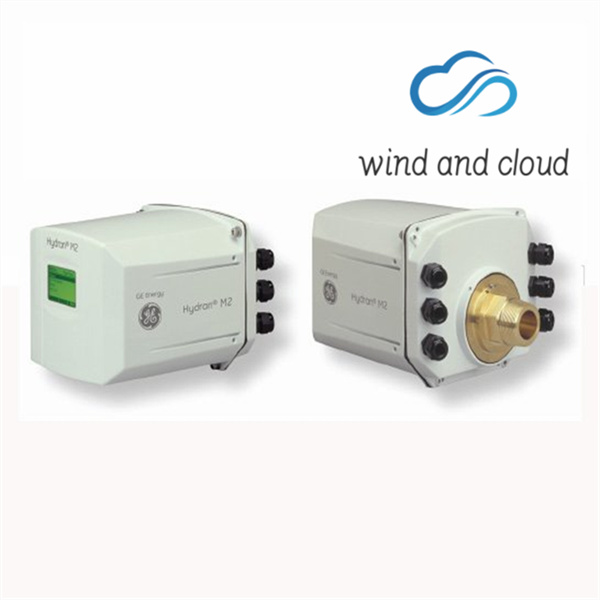
The prices of all products of Zhangzhou Fengyun may fluctuate at any time. The specific price is subject to the customer service quotation. Please confirm the model, product, price and other details with the customer service before placing the order. Second-hand and brand-new products are sold in the store. Please contact the customer service for details.
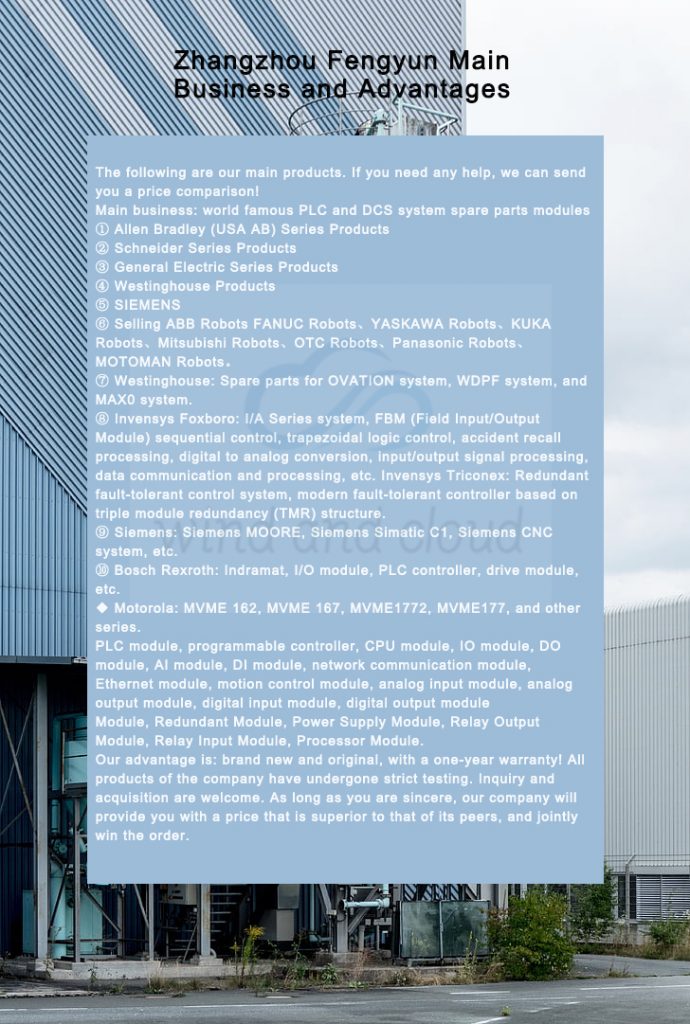
Recommended ABB related models:
| HE693THM166 |
| HE693STG884 |
| HE693SNP232 |
| HE693RTU900 |
| HE693RTM705 |
| HE693PBM101F |
| HE693PBM101E |
| HE693PBM101 |
| HE693DAC410 |
| HE693ADC410A |
| HE693ADC410 |
| HE670ADC830 |
| H201TI 220VAC |
| GLA36AT0600 |
| DS3820PSCB1C1B |
| DS3800XAIC1C1C 6BA03 |
| DS3800XAIB1E1E 6BA05 |
| DS3800XAIA1A1A |
| DS3800NTCF |
| DS3800HUMB |
| DS3800HPIB |
| DS3800HIOC |
| DS3800HFXA1D1B |
| DS303 A7A01LXA002XN |
| DS2020FECNRX010A |
| DS200TCPDG2B |
| DS200SHVMG1A |
| DS200RTBAG3AFB |
| DS200RTBAG3AEB |
| DS200NATOG3A |
| DS200NATOG2A |
| DS200LDCCH1ALA |
| DS200IIBDG1A |
| DS200DCFBG1BNC |
| DS200DCFBG1BLC |
| DS200DCFBG1BKC |
| DS200DCFBG1BJB |
| DS200DCFBG1BGB |
| DS200DCFBG1B |
| DS200CPCAG1ABB |
| DS200CDBAG1BBB |
| DS200ADGIH1AAA |

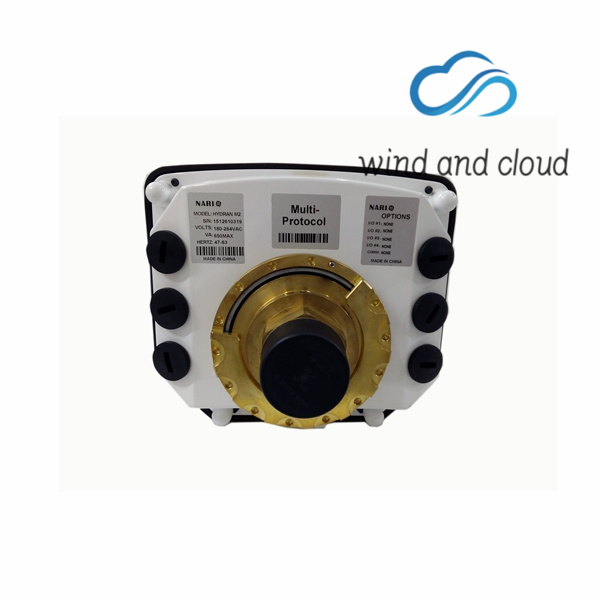
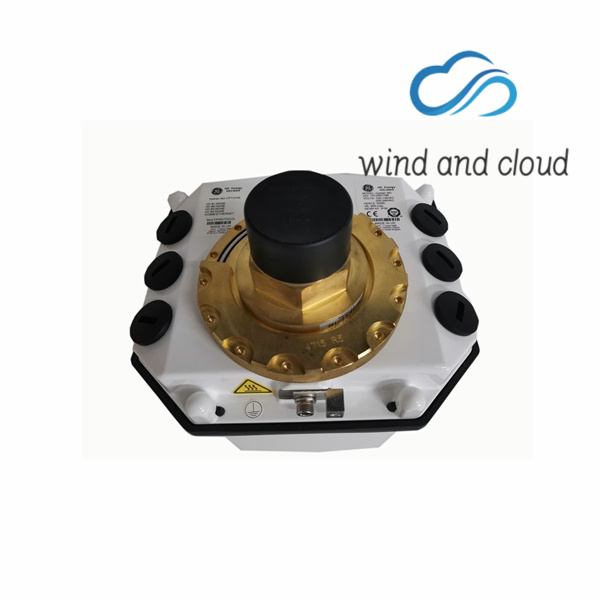
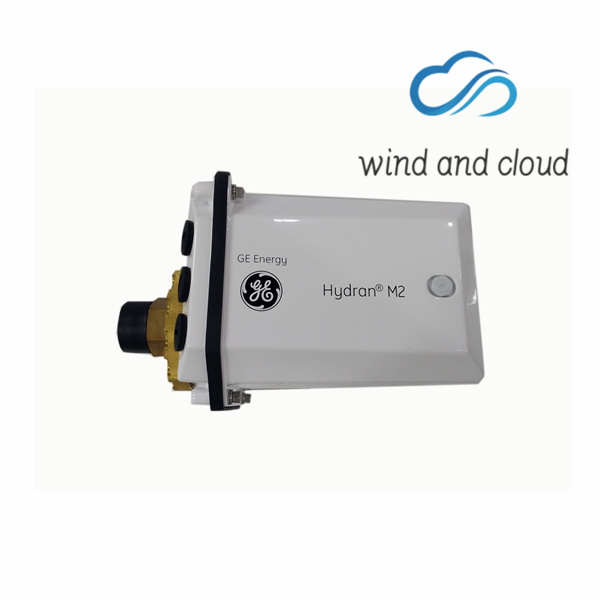
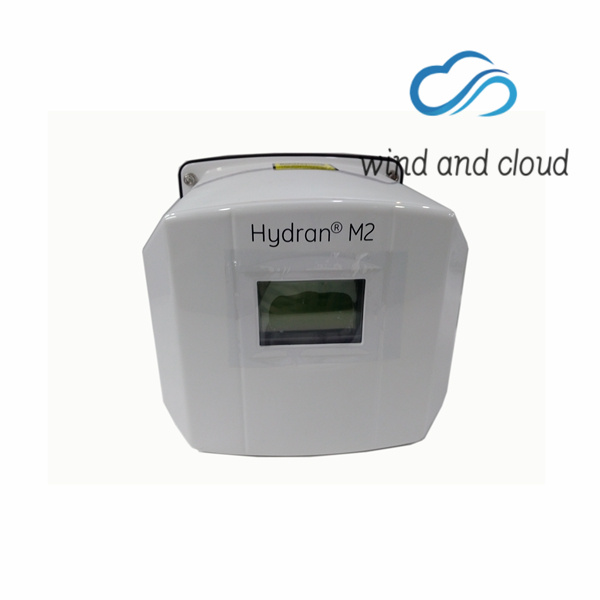
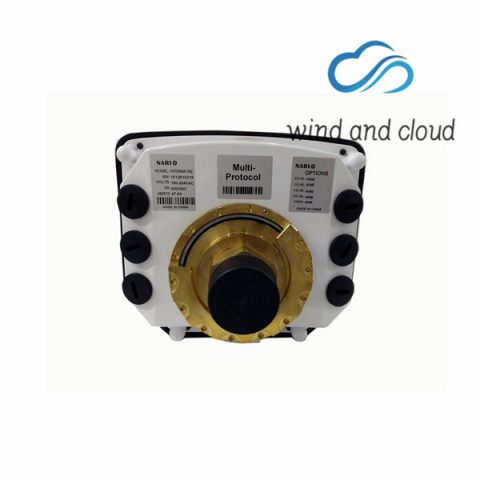
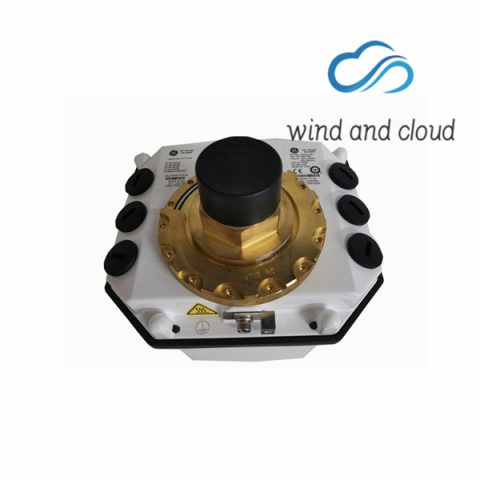
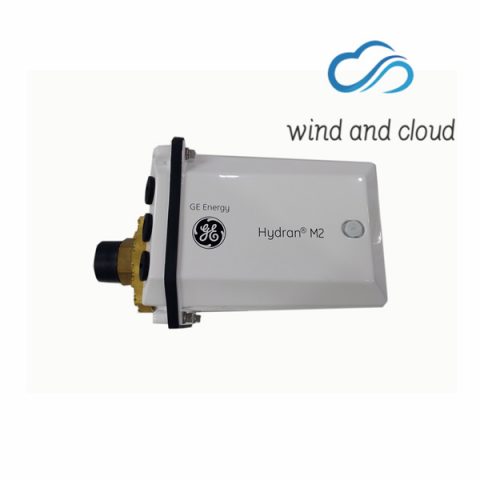
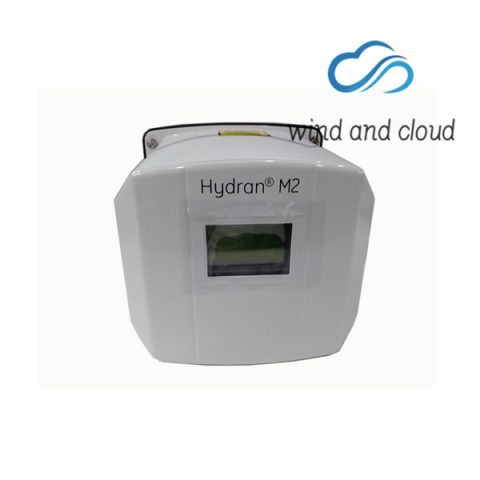
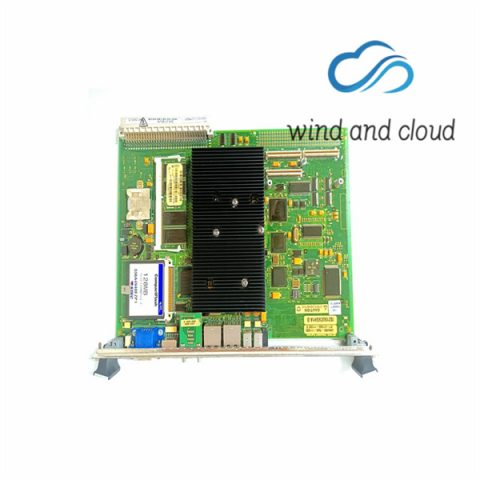
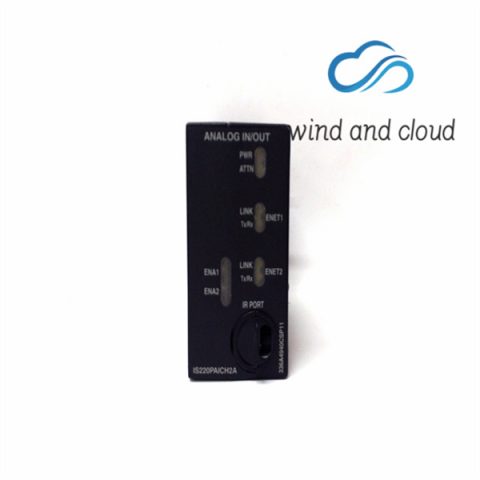
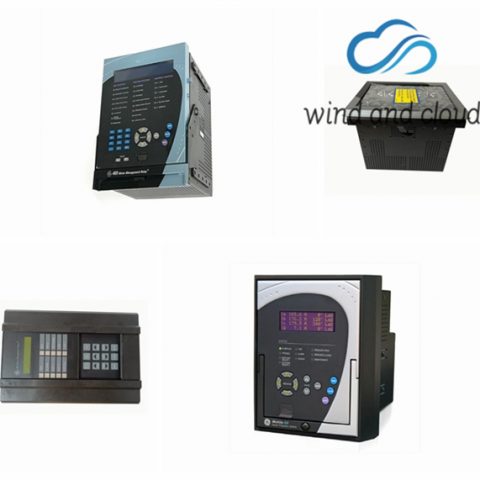
There are no reviews yet.